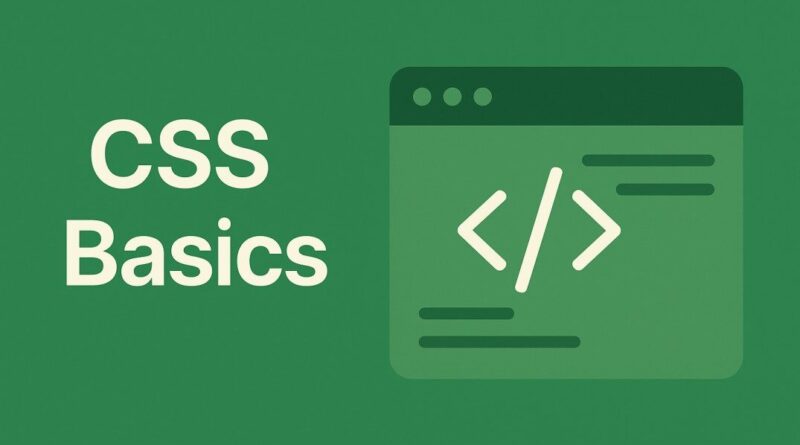CSS – Level Up Your CSS: Best Practices for Cleaner, More Efficient Styles
Level Up Your CSS: Best Practices for Cleaner, More Efficient Styles
Writing CSS can feel like a superpower, bringing designs to life on the web. But as projects grow, your once-neat stylesheets can quickly turn into a tangled mess. That’s where advanced CSS concepts and best practices come in! Adopting smart strategies for organizing and optimizing your CSS not only makes your life easier but also creates a more scalable and maintainable codebase. Let’s dive into some essential techniques that will elevate your CSS game.
Building Blocks: Modular CSS and Naming Conventions
Imagine building a house without a plan – chaotic, right? The same applies to CSS. Modular CSS is all about breaking down your styles into independent, reusable chunks. This makes your code easier to understand, manage, and even debug. While we’ll explore specific methodologies like BEM, SMACSS, and ITCSS in detail later, the core idea is to think of your UI components as distinct modules, each with its own set of styles.
Hand-in-hand with modularity are naming conventions. Ever stared at a class name like .red-button-large-center-aligned and cringed? Good naming is crucial for clarity. Conventions provide a consistent way to name your classes and IDs, making it instantly clear what a style does and where it belongs. This dramatically improves readability and helps prevent conflicts, especially in team environments. Think of it as giving every piece of your CSS a clear, descriptive label.
The Blueprint: Smart File Structure
Just like a well-organized office makes finding documents a breeze, a logical file structure for your CSS is a game-changer. Instead of dumping all your styles into one giant file, consider organizing them into folders based on functionality, components, or even the modular approach you choose.
For instance, you might have:
base/(for global styles like resets and typography)components/(for individual UI elements like buttons, cards, navigation)layout/(for overall page structure)pages/(for unique styles applied to specific pages)utilities/(for helper classes)
This separation makes it incredibly easy to locate and modify styles, reduces the chances of unintended side effects, and generally makes your project feel much more manageable.
Speeding Things Up: Minification and Optimization
Once your CSS is beautifully organized, it’s time to make it perform its best! Minification is the process of removing all unnecessary characters from your CSS code – things like whitespace, comments, and line breaks – without changing its functionality. The result? A significantly smaller file size, which means faster loading times for your users. Every kilobyte counts when it comes to web performance!
Beyond minification, general optimization involves writing efficient CSS in the first place. This includes:
- Avoiding overly complex selectors: Simpler selectors are processed faster by browsers.
- Using shorthand properties: Combine multiple properties into one (e.g.,
margin: 10px 20px;instead ofmargin-top: 10px; margin-right: 20px;etc.). - Limiting the use of
@import: While@importworks, using<link>tags in your HTML is generally more performant as it allows for parallel downloading of stylesheets.
Your CSS Supercharger: Preprocessors (Sass/Less)
For larger, more complex projects, CSS preprocessors like Sass and Less are not just recommended, they’re almost essential. Think of them as extensions to plain CSS that add powerful features you wish native CSS had.
Here’s why they’re so popular:
- Variables: Define colors, fonts, and other values once and reuse them throughout your stylesheets. Change a variable, and it updates everywhere!
- Nesting: Nest your CSS selectors in a way that mirrors your HTML structure, making your code more readable and organized.
- Mixins: Create reusable blocks of CSS declarations that you can “mixin” into different rules, avoiding repetition.
- Functions: Perform calculations and manipulate values.
- Partials/Imports: Break down your CSS into smaller, more manageable files and then import them all into one main file for compilation.
While there’s a slight learning curve, the benefits in terms of maintainability, efficiency, and developer experience are immense. Preprocessors compile your code into standard CSS that browsers can understand, so you get all the advanced features without sacrificing compatibility.
By embracing these best practices – from modular design and smart naming to efficient file structures and the power of preprocessors – you’re not just writing CSS; you’re crafting a robust, scalable, and highly maintainable styling system. This will not only make your development process smoother but also ensure your web projects stand the test of time and provide a lightning-fast experience for your users.



